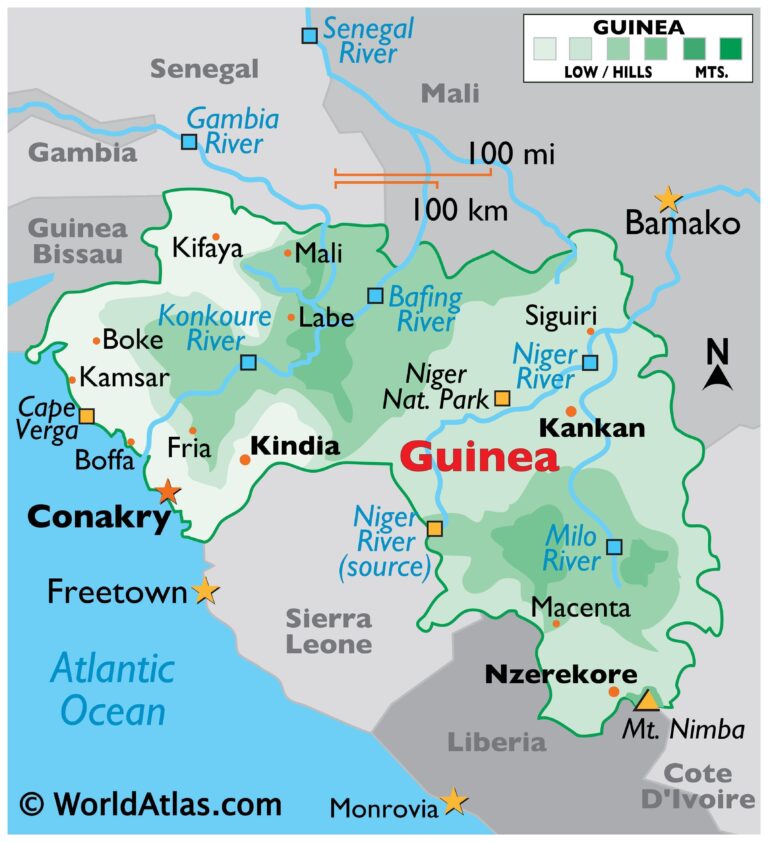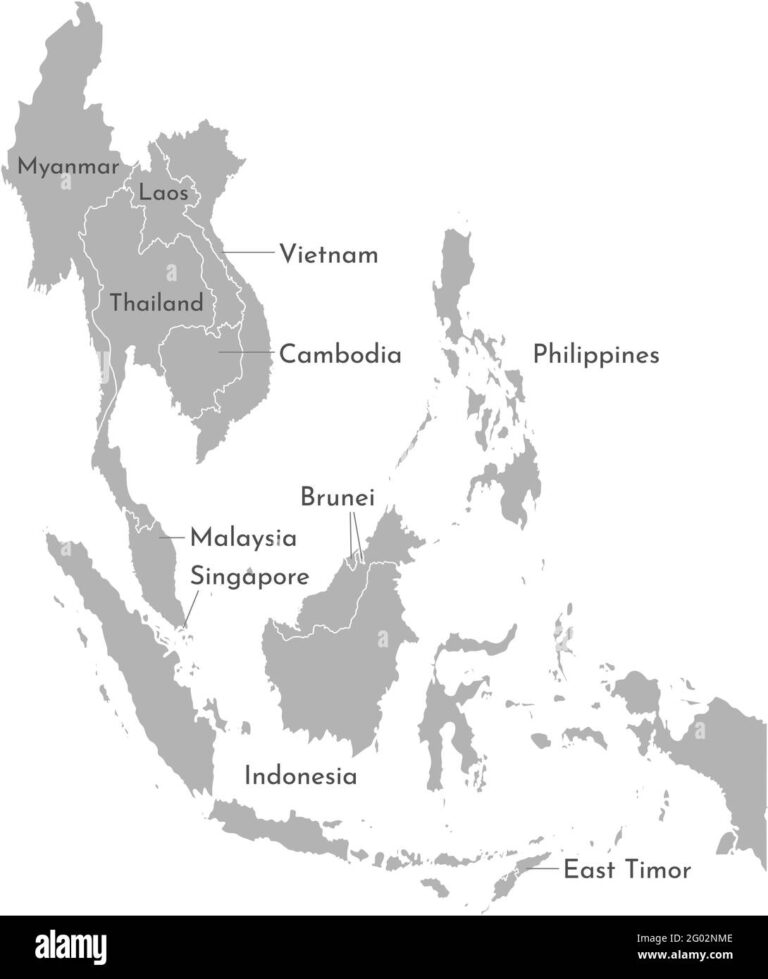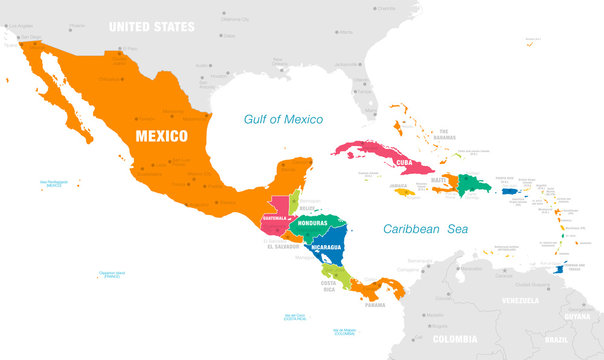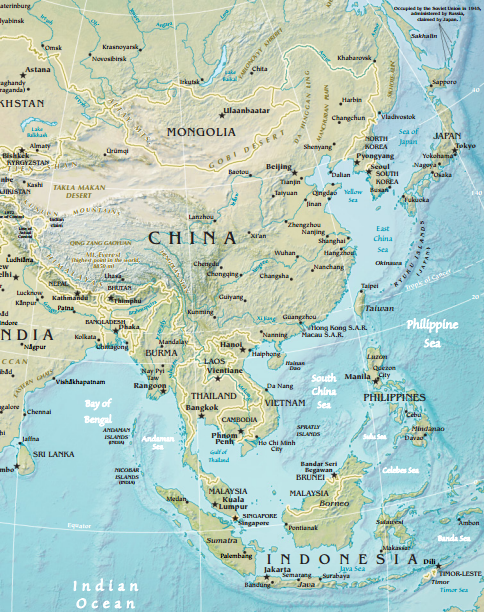Armenia Neighbouring Countries on the Map
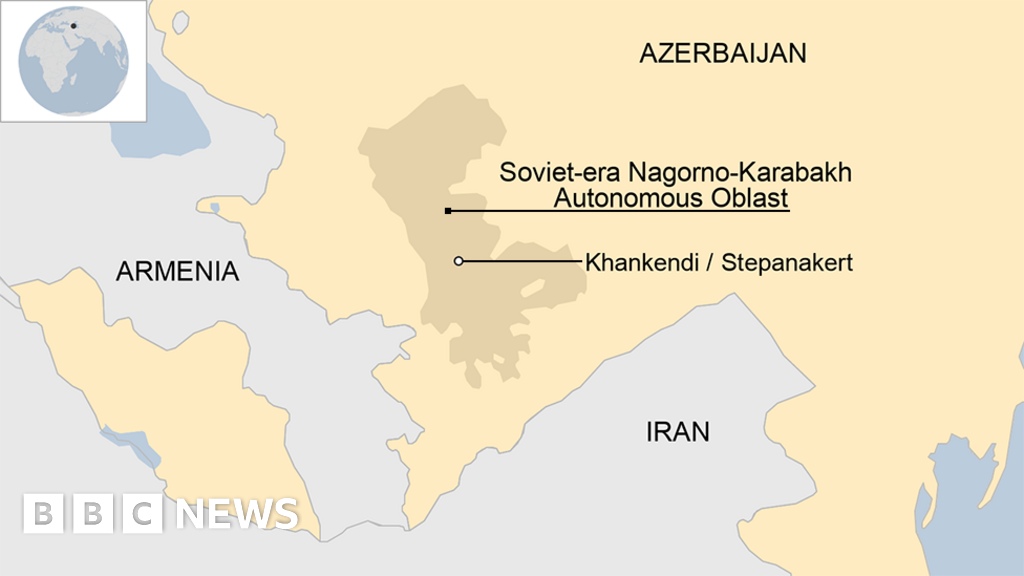
Geography of Armenia
Armenia hangs out in the South Caucasus region of Eurasia. Landlocked as it is, this little nugget of a nation rubs elbows with its neighbors, each bringing its own flair and historical spice to the mix.
Armenia’s Neighbors
Here’s the rundown on who Armenia calls “neighbors”:
- Azerbaijan
- Nagorno-Karabakh Republic (Why not throw in a disputed area for fun?)
- Turkey
- Nakhchivan Autonomous Republic (which is like the cousin of Azerbaijan pointing off in a different direction)
- Georgia
- Iran
Not convinced? Check out World Atlas for the full scoop.
Border Length with Neighbors
How much skin does Armenia share with its neighbors? This chart breaks it down, showing the sass and strategic bits:
| Neighboring Country | Border Length (miles) |
|---|---|
| Azerbaijan | 625.78 |
| Turkey | 193.24 |
| Georgia | 136 |
| Iran | 27.34 |
Data from the trusty World Atlas
Why the numbers matter? Well, knowing who cozies up close to Armenia is important when peeking into the neighborly drama and logistical operations. If you wanna dive into the juicy bits on adjacent folks like Azerbaijan and Georgia, hit up these links: Azerbaijan neighboring countries and Georgia neighboring countries.
Armenia’s Neighboring Countries
Tucked away in a rather dicey spot on the map, Armenia rubs shoulders with a bunch of other countries. Let’s chew the fat on who’s next door to Armenia and why it matters.
Azerbaijan and Nagorno-Karabakh
Armenia’s got some serious beef with Azerbaijan, mainly over this place called Nagorno-Karabakh, a land of endless tussles. This hot potato, heavy on history and drama, affects friendship—or lack thereof—between these two nations. Wiki’s got the juicy deets on how folks with an Armenian background can’t waltz into Azerbaijan, especially if they’ve hung around Nagorno-Karabakh, thanks to the ongoing ruckus there.
Turkey and Nakhchivan Autonomous Republic
To Armenia’s west is Turkey, and things ain’t exactly peachy between them. Historical baggage, like the Armenian Genocide, throws a wrench in their dealings, resulting in a sealed-off border that gums up trade and diplomacy. Meanwhile, Nakhchivan, an outpost of Azerbaijan, brushes against Armenia’s lower end, complicating things with its border tying into Turkey, too. This tangled web of borders makes an already tricky situation even stickier.
Georgia and Iran
Above Armenia sits Georgia, flying the friendly flag with shared biz and culture. The border here acts as a bridge for trade and transit between them, keeping relations pretty cozy. On the flip side, Iran hangs out to the southeast, offering Armenia a valuable lifeline for trade and energy, which Armenia can’t pass up given its landlocked state. The two manage to keep things civil, working the land and energy angles to mutual advantages.
Here’s a cheat sheet on who’s got how much border with Armenia and what it’s all about:
| Country | Border Length (km) | Notable Factors |
|---|---|---|
| Azerbaijan | 566 | Nagorno-Karabakh conflict is the center of it all |
| Nagorno-Karabakh Republic* | – | A land embroiled in rows, lacking global recognition |
| Turkey | 311 | History’s ghost keeps the border shut |
| Nakhchivan Autonomous Republic** | – | A slice of Azerbaijan affecting the neighborhood |
| Georgia | 219 | Crucial for trade; bonds are steady |
| Iran | 44 | Key pal for business and energy swaps |
*Nagorno-Karabakh is a battleground of history and politics, recognized by hardly anyone.
**Nakhchivan serves as Azerbaijan’s sandwich slice, stirring the pot in regional relations.
Getting to grips with Armenia’s location and its neighbors sheds light on the chess game of geopolitics they play. If you’re still curious about who’s bunking next to Azerbaijan or Georgia, go give our deep dives on Azerbaijan neighboring countries and Georgia neighboring countries a whirl.
History and Relations
Taking a trip down Armenia’s historical lane and its ties with nearby countries reveals a pretty tangled web. Here’s the juicy bit of what’s been happening.
Armenia-Azerbaijan Conflict
The drama between Armenia and Azerbaijan is like a never-ending series. Their border is no small thing at 625.78 miles long – Armenia’s largest international boundary over here. The beef mostly circulates around Nagorno-Karabakh, a place jam-packed with ethnic Armenians who decided “we’ll do our own thing” back in the late 1980s. This declaration fired up a full-scale war, which, spoiler alert, is still brewing with tons of tension.
The kicker? Anyone of Armenian descent or those who’ve strolled through Nagorno-Karabakh can forget setting foot in Azerbaijan anytime soon. This clash has been messy, with lots of heartbreak on both sides. If you’re into real-time updates, check out our Nagorno-Karabakh Conflict Updates for the latest scoop.
Tensions with Turkey
Let’s rewind to some historical beef – Armenia and Turkey have had their fair share of drama, especially post the Armenian Genocide in World War I, which is still a very touchy subject. Relations aren’t exactly buddy-buddy, and their shared tie has been more like a brick wall since 1993.
Back in 1920, Armenia faced the double whammy of invasions from Turkey and Soviet Russia, which birthed the Soviet Republic of Armenia (Britannica is all over it). While there have been half-baked attempts at playing nice, like the Zurich Protocols back in 2009, nothing major has really shaken. The barrier between the two has major swipe on trade and politics. Peek into Impact on Regional Politics for a closer look.
Support for Nagorno-Karabakh
Since 1988, Armenia’s been sticking by Nagorno-Karabakh’s side, dishing out everything from political backing to military aid. This move’s been a massive deal in the region’s bid for independence, grabbing international eye.
Backing Nagorno-Karabakh fits into Armenia’s broader game plan, balancing pals and politics on the global stage. This hot potato of an issue also sways Armenia’s bond with big names and its nearby neighbors. Get the lowdown on international talks over at International Mediation Efforts.
In the thick of it, Armenia’s story with its neighbors is a well-spun tale, leaving its mark on today’s regional happenings.
Geopolitical Impact
Understanding Armenia’s geopolitical situation requires a sniff of what’s going on with its neighbors. It’s a bit like being in a neighborhood where everyone’s got strong opinions, sometimes leading to squabbles—but there’s also room for things to work out through a bit of common sense and help from friends afar.
International Mediation Efforts
When it comes to the Nagorno-Karabakh conflict, the tug-of-war between Armenia and Azerbaijan can become serious business, stirring emotions and keeping folks on edge (Wikipedia). Some of the world’s big players have been dipping their toes into these waters, with the OSCE Minsk Group taking charge, and Russia, the United States, and France lining up as referees.
The meddling isn’t just for show; they’re hoping to cool things off before they get too spicy. It’s all about nailing down ceasefires, tossing around peace talks like confetti, and persuading everybody to sit down and chat. These mediators play a huge role in making sure those tensions don’t bubble over and leave everyone picking up the pieces afterward.
Impact on Regional Politics
The regional chess board in the South Caucasus comes with its set of kings and pawns, where the rules are changed every other week. The Nagorno-Karabakh situation doesn’t just stop at Armenia and Azerbaijan; it gets other players like Chechen militants and mujahideen from Afghanistan in on the action too (Wikipedia).
Azerbaijan’s energy pipelines, trekking through Georgia on their way to Turkey, have a knack for stirring up attention, especially where the Caspian resources are concerned (Carnegie Endowment). Georgia’s infrastructure developments are turning heads, particularly from the guys in China, who see this region as more than just mountains and valleys (Carnegie Endowment).
Economic and Trade Dynamics
Armenia’s trade scene finds its groove swaying to the tunes of its close friends and not-so-friendly neighbors. Russia and Georgia play star roles, with Georgia acting as the main pathway for goods, thanks mainly to Russian imports (Wikipedia).
Trade Stats ‘n Facts:
| Import Source | Share in Imports |
|---|---|
| Georgia (via Russia) | 70% |
| Iran | Up in the air with the geopolitics |
It’s like being friends with the people next door while dealing with a couple of neighbors you try hard to avoid. Closing off routes with Azerbaijan and Turkey means keeping signals clear with Georgia and Iran is vital. They can’t afford to kick up a fuss with these guys, or everything just gets, well, complicated.
For fresh insights and what’s bubbling under the surface with neighboring nations, check out our reads on azerbaijan neighbouring countries, geopolitical impact on trade, and current regional affairs.
Current Affairs
Nagorno-Karabakh Conflict Updates
Since Nagorno-Karabakh dissolved on January 1, 2024, over a hundred thousand folks, pretty much the entire population, packed up and legged it to Armenia thanks to Azerbaijan taking over. This mass exit shines a light on the ongoing drama and tension in the region. After the Second Nagorno-Karabakh War, Russia stepped in, cutting a deal on November 9, 2020, ending the brawl and handing most of the land back to Azerbaijan, leaving Armenia with scraps of Karabakh. Armenia and Karabakh’s Armenian leaders weren’t too happy about Azerbaijan setting up a checkpoint on April 23, 2023, meant to corner Karabakh Armenians, an act Russia lightly wagged a finger at.
Refugee Crisis and Humanitarian Concerns
The latest ruckus and geopolitical moves have sparked off a significant refugee scramble, with more than a hundred thousand Nagorno-Karabakh folks high-tailing it to Armenia. This wave’s put a big strain on Armenia’s resources and infrastructure. The humanitarian situation’s getting dire, with international groups jumping in to hand out help and support the displaced. There’s a massive call for shelter, food, and medical assistance, shining a bright light on the tough times these refugees are facing.
Refugee Statistics
| Year | Refugee Population | Main Destinations |
|---|---|---|
| 2024 | 100,000+ | Armenia, neighboring regions |
Role of International Alliances
International alliances play a massive hand in tackling the ongoing conflict and its fallout. Russia’s been at the forefront, acting as a middleman in the region, brokering peace deals, and keeping boots on the ground to uphold ceasefires. Meanwhile, countries in the South Caucasus are getting cozier with their neighbors to the south, west, and east, showing off stronger trade and economic ties, shifts in energy markets, and new infrastructure project hopes.
International bigwigs and alliances are key in efforts to calm the region down, dole out humanitarian help, and back rebuilding efforts. Keeping the peace long-term and stabilizing Armenia and the neighborhood means continuing these mediation gigs and diplomatic chit-chats. Delving into the geopolitical chess game and human side effects of neighboring conflicts can open up a neat can of insights into regional politics. For more rabbit holes on neighboring countries, check out our reads on Afghanistan neighboring countries, Azerbaijan neighboring countries, and Iran neighboring countries.

